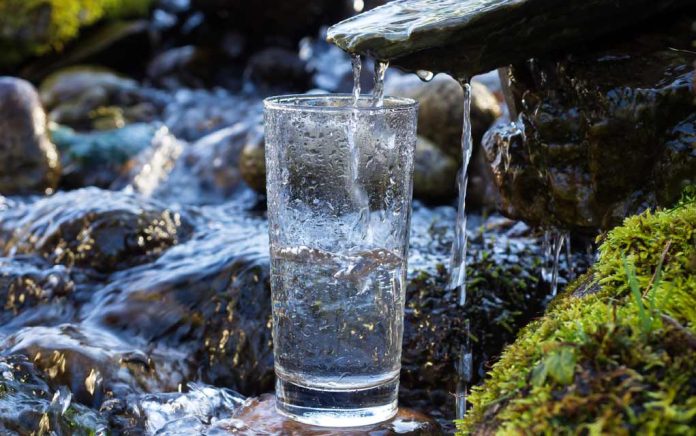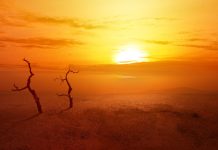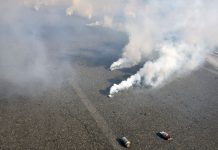(SurvivalDaily.com) – We’ve become used to having clean water on demand, but what happens when that water becomes unavailable? Do you have the know-how to filter and/or purify water to make it safe to drink? You had better — on average a person can only survive for three days without it.
Know Your Options
Luckily, there are quite a few ways to make clean water if you have the proper tools and the knowledge to use or make them. Water purification tablets can be purchased in most stores that sell camping gear, and portable water filters such as the Lifestraw are also readily available.
At some point, these tablets are going to run out, if you have them at all. So it still pays to know how to make water drinkable without them. With the right common household items, and a bit of ingenuity, you can purify your own water.
Boiling Methods
The easiest way to sterilize water is to run it through a cheesecloth or a handkerchief to remove floaties, then boil it for at least a full minute to kill any bacteria. If you’re in the mountains, or anywhere 5,000 feet above sea level, boil the water for three minutes. Once the water has cooled, it should be safe to drink.
Should the water you have on hand be of the salty variety, (seawater, not angry water) then you’ll need to add an extra step to the boiling process. Put a tarp or sail over the steam from the boiling water so that it will catch the condensation and drip it into a catch pan. This will remove the salt and give you drinkable water.
DIY Bio-Filter
This option takes a bit more work, but will save time in the long run as you won’t have to boil the water and let it cool. Put a few drops of bleach in the water after filtering, just to make sure any bacteria that may get through the filter is killed. To create a DIY bio-filter you will need a large plastic bottle, rocks, dirt, sand, a piece of cloth and a bit of activated carbon (also called activated charcoal).
Begin by cutting off the bottom of the bottle, leaving the cap end in place. Put the cloth in the bottom, then fill in the rest of the ingredients starting with the activated charcoal. The layers should be as follows, from bottom to top:
- Cloth
- Activated charcoal
- Sand
- Dirt
- Small rocks
Once you have the layers in place, pour water in through the top and collect it from the cap end. The layers will filter out any big chunks of contaminants and the activated carbon will help absorb the microscopic matter.
If you don’t have access to activated carbon (which can be purchased online for about $15 a pound), the filter can still be made using standard charcoal from a fire. You’ll still need to put a few drops of bleach in the water after you filter it, to kill any bacteria that may have gotten through.
Check Your Source
It’s important to note that if the water you have is contaminated with chemicals, the methods provided won’t work. Flood water, for example, is likely to contain a variety of nasty ingredients such as household chemicals, gasoline, sewage, etc. Getting a tall, cool glass of water from a lake by Chernobyl is probably a bad idea as well. Here are a few other sources you should avoid:
- Stagnant water
- Swamps
- Marshes
- Water from industrial areas
- Water from highly populated areas – people tend to dump things in the water that you don’t want to drink.
Having potable water is the difference between life and death in any survival situation; therefore, knowing how to make it is extremely important. The more you learn now, the better off you will be when you need the skills to survive. Of course, having the proper tools to purify water on hand is best, but tools can be broken or taken away — we shouldn’t rely on them alone. Knowledge is always the greatest tool in our arsenal.
Have you ever had to purify your own water in the wild? What method did you use? Reply to your email and let us know, we would love to hear from you!
Copyright 2021, SurvivalDaily.com

















